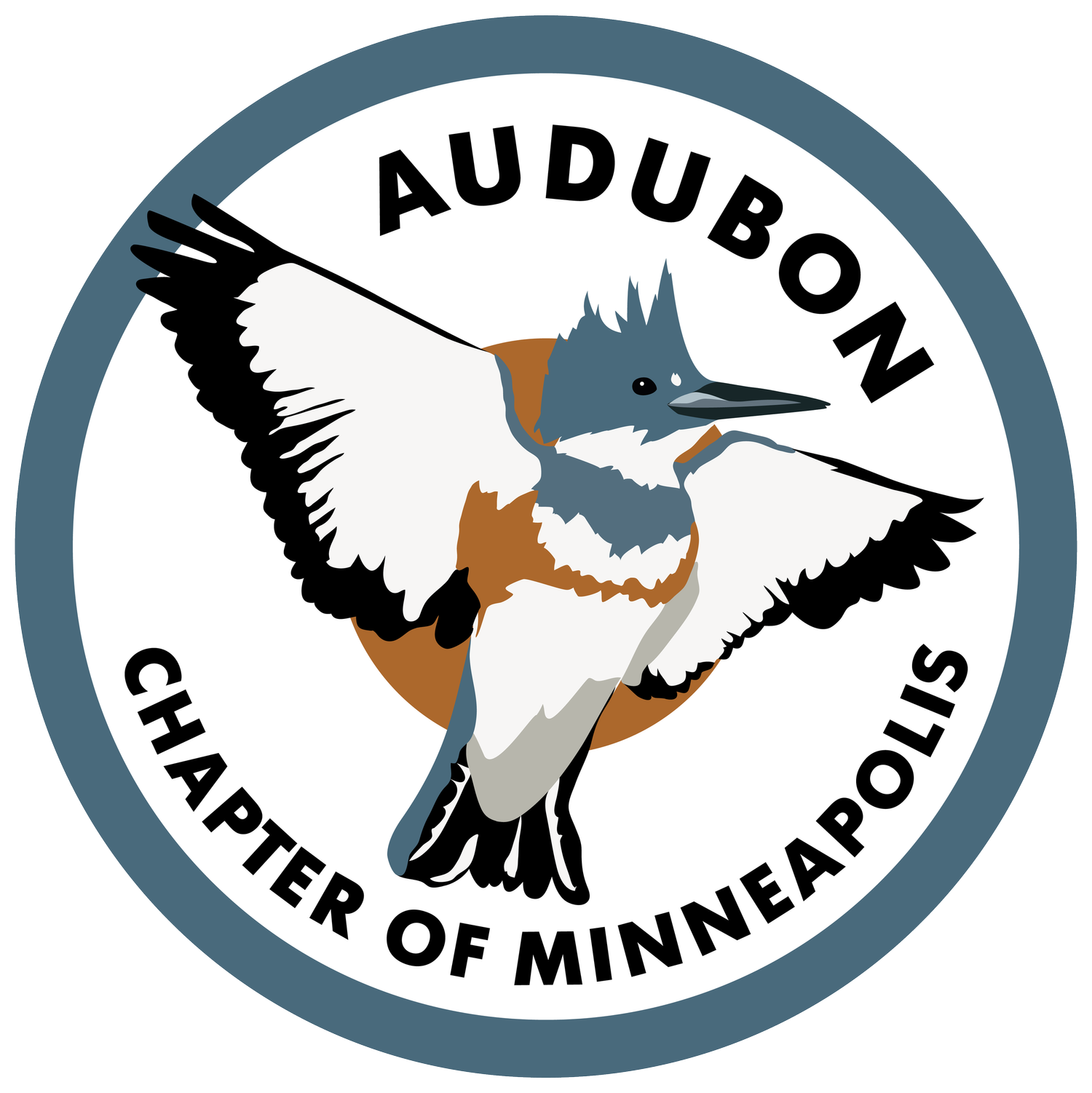Attract new species of bird to your yard
It may not feel like it yet, but spring is here. Soon, millions of migratory birds will arrive in the Twin Cities. You don’t have to be an ornithologist to observe some new species of birds; you may even be able to attract some to your own yard or balcony. Here are some simple ways to increase the abundance and diversity of birds in your yard.
Image: Eastern bluebird, Kenneth Cole Schneider
Step 1: Eliminate hazards
1. Cats
Keep your cats indoors, on a leash, or in a catio. Did you know that cats in the United States kill 2.4 billion birds annually? Even when outdoor cats aren’t hunting, they can have sublethal effects on birds, as urban ecologist Dan Herrara noted in his recent program. When nesting birds sense a predator, they switch from feeding their chicks to defending their nest, leading to negative outcomes for chick survival.
2. Lights
Turn off or dim nonessential lighting from mid-March through April. Turning off lights dramatically reduces hazards from attraction to and disorientation by light, allowing birds to safely proceed with their migratory journeys.
3. Disease
Take your feeders down and clean them with a bleach water solution. Unclean feeders can be the source of disease outbreaks in birds, including highly pathogenic avian influenza virus.
Image: Northern flicker, Marilylle Soveran
Step 2: Offer curated amenities
1. Water
Provide clean water to birds and other wildlife. Water is a good way to attract new species of birds to your yard as not all birds will eat at feeders, but all birds need water! There are many ways to provide water, from a simple pet bowl on the ground, to a dish with an attachment for balcony railings. Pro tip: add a small pump to create the sound of moving water and attract birds like never before.
2. Food
Spring is a good time to change up the food you offer in your feeder or on the ground. Try some foods that are less attractive to House sparrows and you might make some new friends. Nyjer, safflower seeds, suet, nectar, fruit, and nuts are all good options. Dried mealworms in a feeder and scattered on the ground can attract many species of birds, including bluebirds, chickadees, thrushes, wrens, nuthatches, kinglets, and some warbler species.
3. Nesting materials
Stuff a clean, empty suet feeder with moss, small sticks, or dried grass. Birds will use these materials to build their nests, saving valuable energy for breeding. Note: Never provide any human hair, pet fur from flea-treated animals, or synthetic materials like string or dryer lint.
4. Shelter
Providing birdhouses is a good way to attract cavity-nesting birds and observe their fascinating life cycles and behaviors. If you are buying or building one, be sure to consider birdhouse hole size as well as its height from the ground. These two factors determine the accessibility and safety of the house for different bird species. Picking the right size and shaped birdhouse will also prevent your space from getting overrun by House sparrows. You can learn more about birdhouse specifications here.
Marian Weidner is Chair of Audubon Chapter of Minneapolis.


